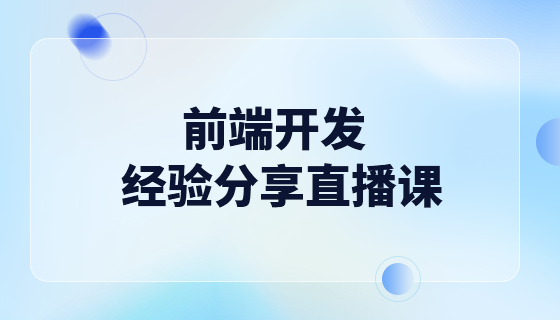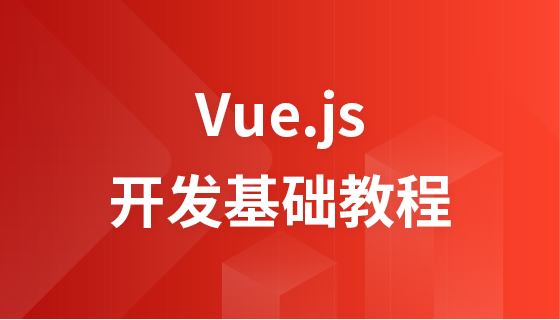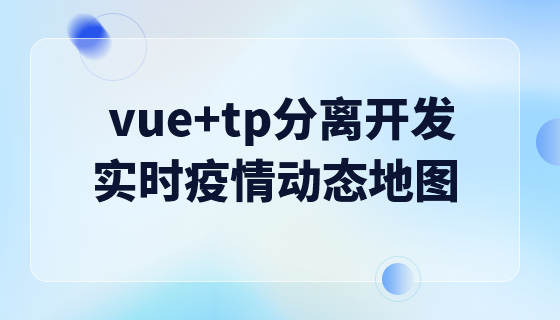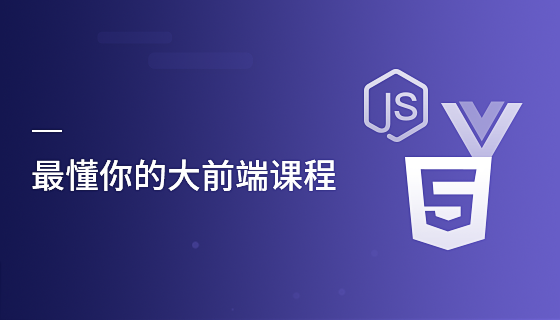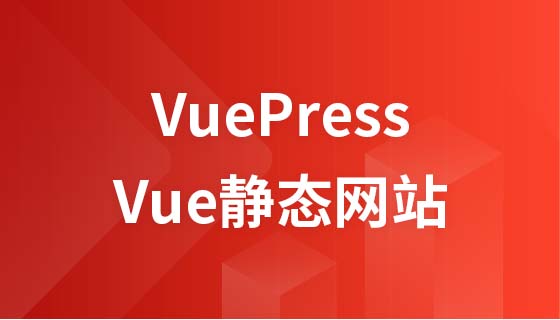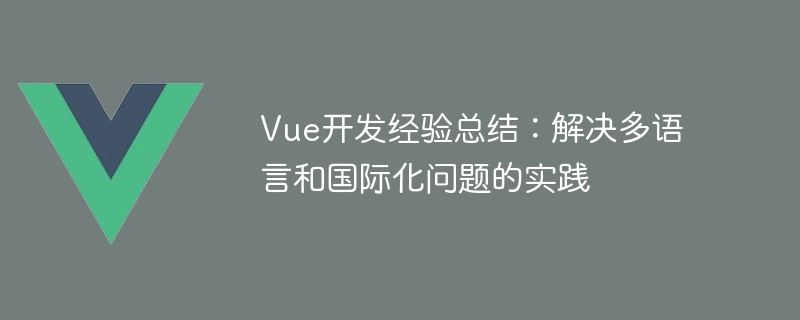
Vue.js是一款受歡迎的JavaScript框架,它能幫助開發者建構互動性強且高效能的網路應用。在開發中,國際化和多語言支援是一個不可忽視的問題,特別是在面向全球市場的專案中。本文將透過分享Vue開發中的經驗,總結解決多語言和國際化問題的實踐,幫助開發者更好地應對這項挑戰。
Vue I18n是Vue.js官方推薦的國際化插件,它提供了一整套的解決方案,包括文字翻譯、日期格式化、數字格式化等功能。在Vue中使用I18n只需要簡單的配置和引入,即可實現多語言切換。首先,我們需要安裝Vue I18n插件:
npm install vue-i18n --save
然後,在Vue實例中引入I18n插件,並配置多語言選項:
import Vue from 'vue'
import VueI18n from 'vue-i18n'
Vue.use(VueI18n)
const messages = {
en: {
welcome: 'Welcome',
about: 'About',
contact: 'Contact'
},
zh: {
welcome: '欢迎',
about: '关于',
contact: '联系我们'
}
}
const i18n = new VueI18n({
locale: 'zh', // 设置默认语言
messages
})
new Vue({
i18n,
// ...
})透過以上配置,我們就可以在Vue元件中使用內建的$t函數來進行文字翻譯:
<template>
<div>
<p>{{ $t('welcome') }}</p>
<p>{{ $t('about') }}</p>
<p>{{ $t('contact') }}</p>
</div>
</template>除了手動維護語言檔案外,我們還可以選擇整合第三方翻譯服務,如Google Translate API或百度翻譯API等。透過呼叫這些API,我們可以在專案中實現動態的語言翻譯,以解決即時性翻譯的問題。
首先,我們需要註冊第三方翻譯服務的帳號,並且取得API Key。以Google Translate API為例,在Vue中可以使用axios函式庫來發起請求:
import axios from 'axios'
const apiKey = 'your_google_translate_api_key_here'
const translateText = (text, targetLanguage) => {
return axios.get('https://translation.googleapis.com/language/translate/v2', {
params: {
q: text,
target: targetLanguage,
key: apiKey
}
})
}
export { translateText }然後,在需要動態翻譯的地方呼叫translateText函數,並使用傳回的結果進行替換:
import { translateText } from './translateService'
export default {
methods: {
translateContent() {
translateText('Hello', 'zh')
.then(response => {
this.translatedText = response.data.translations[0].translatedText
})
.catch(error => {
console.error(error)
})
}
}
}在國際化應用程式中,我們通常需要根據不同的語言版本展示不同的圖片或圖示。為了實現這一點,我們可以利用Webpack的require功能來根據不同語言版本引入不同的資源檔案。首先,我們需要在Webpack配置中新增檔案處理規則:
// webpack.config.js
module: {
rules: [
{
test: /.(png|jpe?g|gif|svg)(?.*)?$/,
use: {
loader: 'url-loader',
options: {
limit: 10000,
name: 'img/[name].[hash:8].[ext]'
}
}
}
]
}然後在Vue元件中使用require來引入不同語言版本的圖片:
<template>
<div>
<img :src="require(`@/assets/${$i18n.locale}/logo.png")" alt="Vue開發經驗總結:解決多語言和國際化問題的實踐" >
</div>
</template>透過上述配置,我們的Vue應用就能夠根據不同的語言版本展示不同的圖片資源。
為了提升使用者體驗,我們可以透過語言偵測函式庫來自動辨識使用者的語言環境,並自動切換應用程式的語言版本。常見的語言偵測函式庫有navigator.language和window.navigator.userLanguage等,我們可以根據這些資訊來自動設定應用程式的語言:
import Vue from 'vue'
import VueI18n from 'vue-i18n'
import { detectLanguage } from './languageDetection'
Vue.use(VueI18n)
const browserLanguage = detectLanguage()
const i18n = new VueI18n({
locale: browserLanguage, // 自动识别用户语言
messages
})
new Vue({
i18n,
// ...
})透過以上實踐,我們可以使我們的Vue應用更加友好和適應全球市場。在實際專案中,國際化和多語言支援是一個需要深入研究和不斷實踐的領域,相信隨著技術的不斷發展,這些問題將會得到更好的解決方案。希望本文所分享的經驗對您在Vue開發中解決多語言和國際化問題有所幫助。
以上是Vue開發經驗總結:解決多語言和國際化問題的實踐的詳細內容。更多資訊請關注PHP中文網其他相關文章!
